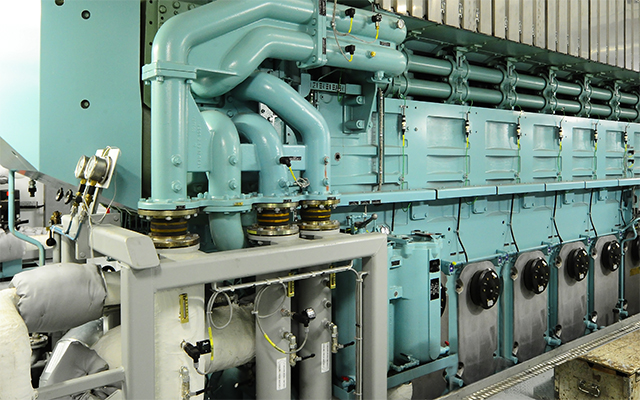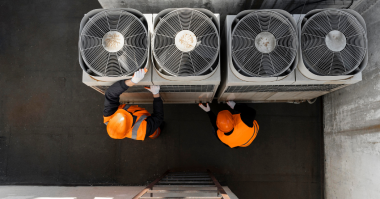Author: Patrick Booth, Proco Products Inc.
Wherever there are pumping systems, there are expansion joints. Expansion joints are used in many marine applications, including but not limited to ballast systems, circulating engine water, and main propulsion engines. Marine and aquatic conditions are unique and require equipment that can withstand turbulence, wear, and corrosion. Even when you have expansion joints that are designed to endure the most rigorous environments, inspecting your expansion joints is an effort all maintenance personnel have to perform to ensure reliability.
What to Look for When Inspecting Expansion Joints in Marine Applications
Inspectors will typically have their own list of criteria to check, but in general, these are some items to look for when inspecting your expansion joints installed in shipboard and shore-based support facilities.
- Is there any cracking? Is the outer body/cover showing signs of cracking or is it dry? If the expansion joint has dried out, you may see signs of cracking with fabric exposed, which is a visual indication of degradation that might necessitate replacement.
- Do you see any blisters or separation of the rubber layers from the reinforcing fabric? If the expansion joint looks like it has a bubble or a blister outside of the bellow, then this is a cause for concern and may warrant replacement of your expansion joint.
- Check the metal. What do the expansion joint flanges look like? Are the backing rings or expansion joint flanges rusted? Are they corroded? Are they pitted? Sometimes pitting can occur in applications that transport sea water. Check to make sure that you have an expansion joint with the correct metallurgy. If you see pitting, it could be a sign that you might require a different metal that works better with sea water or whatever chemicals the expansion joint is exposed to. Use this Chemical Guide to find compatible elastomers for your specific application.
- Measure the dimensions of the expansion joint in as many places as you can to make sure the dimensions are within the acceptable allowable movement criteria. Taking note of the dimensions may allow you to determine if there is an issue with the piping system. Documenting that data will help you determine if the piping needs to be adjusted or if you need an expansion joint with a shorter / longer overall length.
- Is the rubber gummy or sticky? Check the condition of the rubber and look for leakage around the flanges, as the rubber can deteriorate. If the rubber feels gummy or sticky, that is a sign that the rubber has degraded.
- Is the expansion joint in the sun? In many shipboard applications, expansion joints are located above deck, where the sun can do damage. The sun will age an expansion joint, so you will want to inspect expansion joints in sunny locations on a more frequent basis.
- Look at the health and overall condition of your expansion joint, and remember that replacement criteria for expansion joints varies depending on the specific service condition.
How often should I inspect my expansion joints?
Your inspection schedule really hinges on the maintenance requirements. Some ships require equipment inspection every 90 days, but the frequency of inspection really depends on each owner or the requirements set forth by the ship manufacturer. Each will have their own rules for how often to check equipment.
Considerations for Replacement
A general rule of thumb is if expansion joints in critical service are over 5 years old, you should maintain a spare. However, depending on the service conditions, an expansion joint can last a long time – up to 10 years!
Need some help?
If you need help and would like an experienced inspector to perform on-site inspections for your elastomeric piping or ducting (non-metallic) expansion joints, contact Proco Products for support to inspect and evaluate your expansion joints in shipboard and shore-based facilities.
For your shipboard service rubber expansion joint needs, Proco Products can offer the following certificates, ABS, BV, ASTM, U.S. Coast Guard, China Classification Society, Nippon Kaiji Kyokai, DNV, Lloyd’s Register, along with Germany Lloyds.





Comments